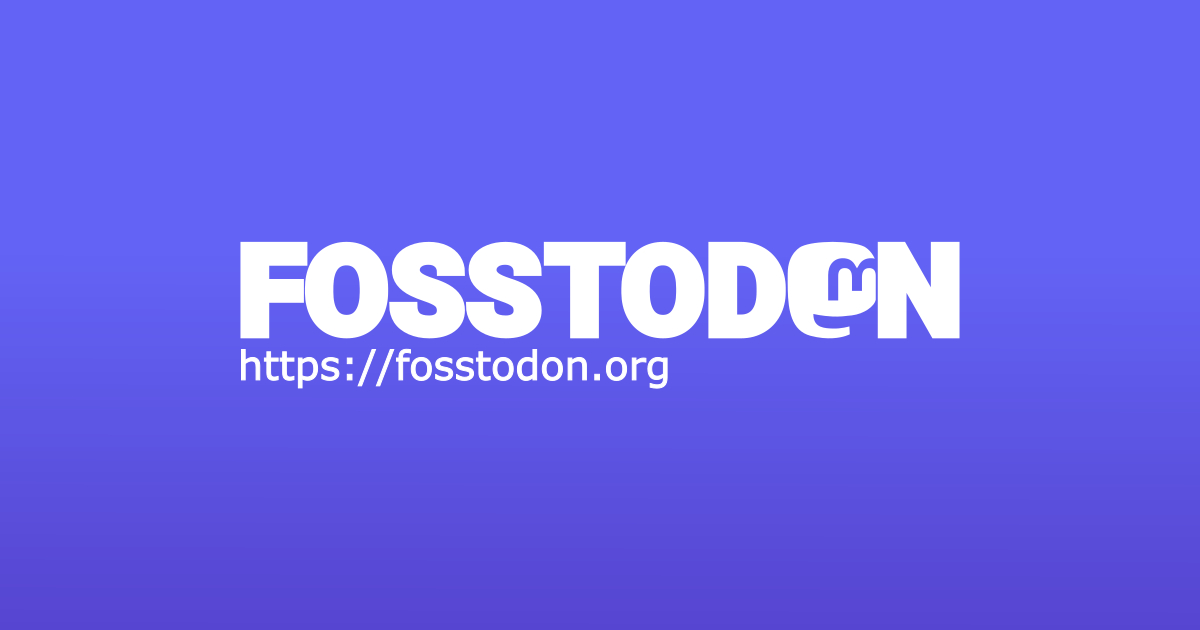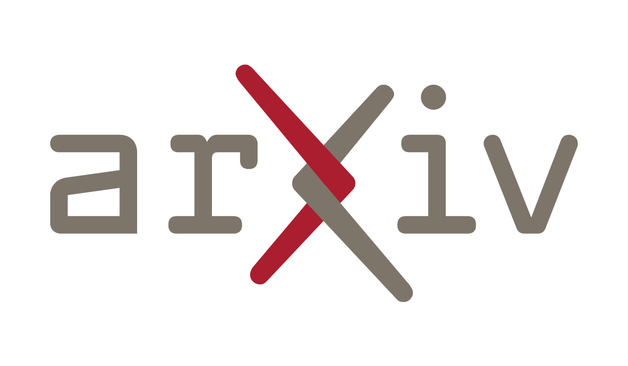Recent searches
Search options
#selfsupervisedlearning
Using Artificial Intelligence To Map The Earth’s Forests
--
https://sustainability.fb.com/blog/2024/04/22/using-artificial-intelligence-to-map-the-earths-forests/ <-- shared technical article
--
https://doi.org/10.1016/j.rse.2023.113888 <-- shared paper
--
#GIS #spatial #mapping #AI #forestmonitoring #maps #climatechange #forests #forestmanagement #global #spatialanalysis #spatiotemporal #NVDI #canopy #canopyheight #SelfSupervisedLearning #SSL #visontransformers #GEDI #LiDAR #remotesensing #earthobservation #model #modeling #meta #WorldResourcesInstitute #LandAndCarbonLab
@joss Happy to share this mini-paper and library I'm co-authoring.
Thanks to Federico, Andrea, Paolo and Manfredo, unfortunately none of them here (yet).
We're working on #deeplearning applications to #neuroscience and #EEG is very different from the data Big Tech usually approaches, so results and models are quite different there...
But we believe #selfsupervisedlearning is a great idea and we'd like for researchers to come play with it
The preprint of our lab's library for #selfsupervisedlearning on #eeg data is out!
Check it at https://arxiv.org/abs/2401.05405
The repo (under review with the preprint for the amazing @joss ) is at https://github.com/MedMaxLab/selfEEG
If you want to try deep learning and EEG, if you have lots of data, but supervised learning is difficult or ineffective for your target task, you might want to experiment with self-supervised learning as popularized for #transformers and vision models!
Techniques such as MoCo, SimCLR are already implemented, and eeg augmentations can be used and further customized. If you do not know how to come up with architectures, don't worry! A model zoo is there
We're submitting a work to @joss, it is about #eeg and #selfsupervisedlearning #deeplearning
Are #neuro people interested in trying and using it? Maybe pointing to the best experts to review it even?
Let us know!
Update on my joint work with @JulianTachella on "#Learning to Reconstruct Signals From Binary Measurements" on arXiv. #RandomProjection #onebit #SelfSupervisedLearning https://arxiv.org/abs/2303.08691
We brought several improvements on the proofs and the bounds allowing us to determine from how many binarized (random) projections, only, one can learn, up to a controlled identification error, a low-complexity space (with small box dimemsion). Moreover, a practical #selfsupervised scheme, SSBM, run over real datasets of images, enables to learn a reconstruction algorithm from those same binary observations (without access to the original images and on par with supervised alternatives), implicitly confirming the encoding of a good estimate of the image set.
LLM Self Defense: By Self Examination LLMs Know They Are Being Tricked
https://arxiv.org/abs/2308.07308
* LLM can generate harmful content in response to user prompts
* even aligned language models are susceptible to adversarial attacks that bypass restrictions on generating harmful text
* simple approach to defending against these attacks by having LLM filter its own responses
From Julián Tachella @JulianTachella, posted on "Chi":
""Learning to reconstruct signals from binary measurements alone"
We present theory + a #selfsupervised approach for learning to reconstruct incomplete (!) and binary (!) measurements using the binary data itself. See the first figure and its alt-text.
https://arxiv.org/abs/2303.08691
with @lowrankjack
---
The theory characterizes
- the best approximation of a set of signals from incomplete binary observations
- its sample complexity
- complements existing theory for signal recovery from binary measurements
See the third figure and its alt-text.
---
The proposed self-supervised algorithm obtains performances on par with supervised learning and outperforms standard reconstruction techniques (such as binary iterative hard thresholding)
See the second figure and its alt-text.
---
Code based on the deepinverse library is available at https://github.com/tachella/ssbm
Check out the paper for more details!
#LLM #LargeLanguageModels #OpenAI #ChatGPT #tensors #NLP #NaturalLanguageProcessing #LargeLanguageModels #ML #MachineLearning #transformers #SelfSupervisedLearning #AugmentedModels #APIs #PromptEngineering #VectorSpace #VSM #ContextualLanguageModels #persagen #GenerativePretrainedTransformer #GPT #PretrainedModels #FineTuning #EmergentProperties #EmergingTechnologies
@matrig Might want to tag with #MachineLearning #SSL #SelfSupervisedLearning
A Cookbook of Self-Supervised Learning
Comprehensive review on Self-Supervised Learning ("the dark matter of intelligence") with focus on vision tasks and lowering the high barrier to entry.


